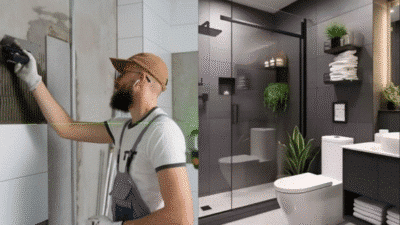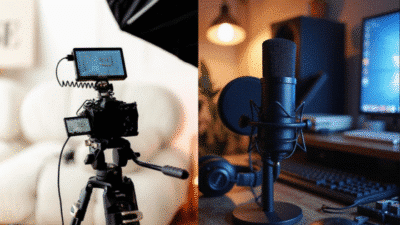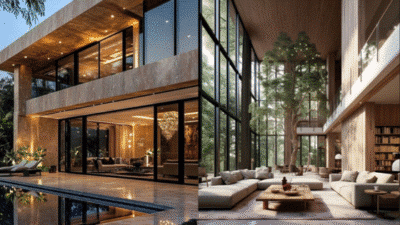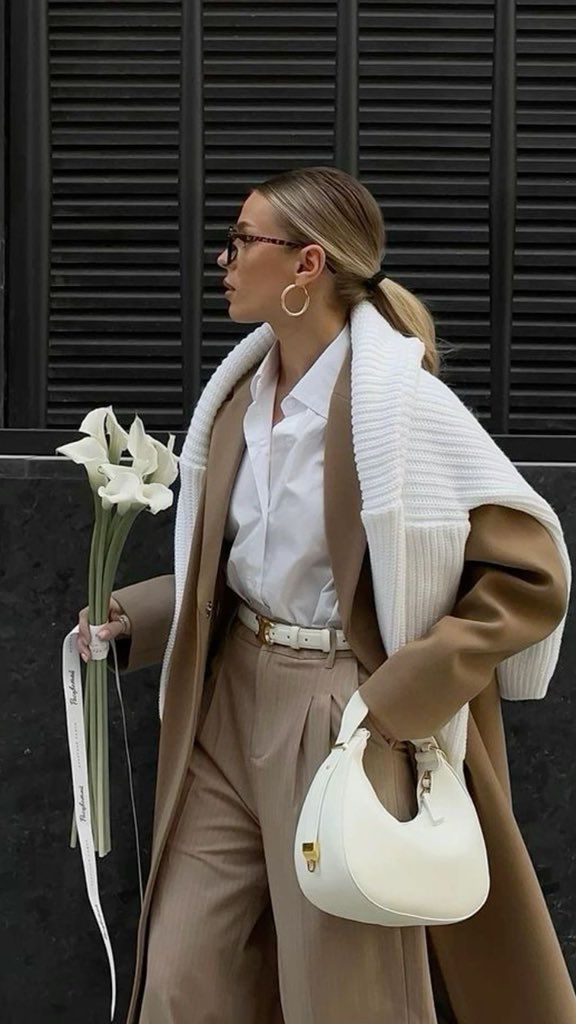
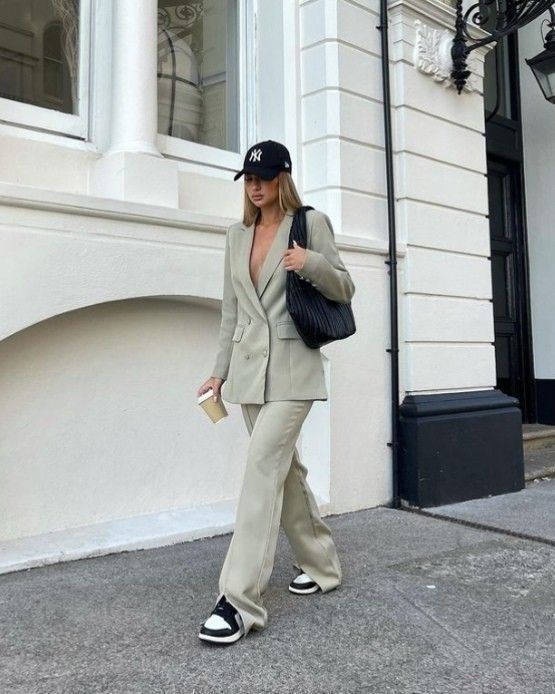
Outfit aesthetic is the style or look that defines how someone dresses and expresses themselves through clothes. It is a combination of colors, patterns, and accessories that creates a unique visual identity for a person. This helps people show their personality and mood without saying a word.
Many different outfit aesthetics exist, from classic and minimalist to bold and trendy. Each style has its own key features, and understanding these can help someone find or create the perfect look. People can mix and match elements to build an aesthetic that feels true to them.
What someone chooses to wear every day can reflect their values or inspire confidence. Paying attention to details like accessories and how clothes fit also plays a big role in defining an outfit aesthetic. Learning about these ideas can help anyone make smarter and more confident fashion choices.
Key Takeaways
- Outfit aesthetic shows a person’s style and personality visually.
- Different styles have distinct features that can be combined.
- Small details and choices make a big impact on overall look.
Understanding Outfit Aesthetic
Outfit aesthetic involves the style choices that create a specific look or mood. It covers the meaning behind these choices, how styles have changed over time, and how people use aesthetics to express themselves.
Definition and Key Concepts

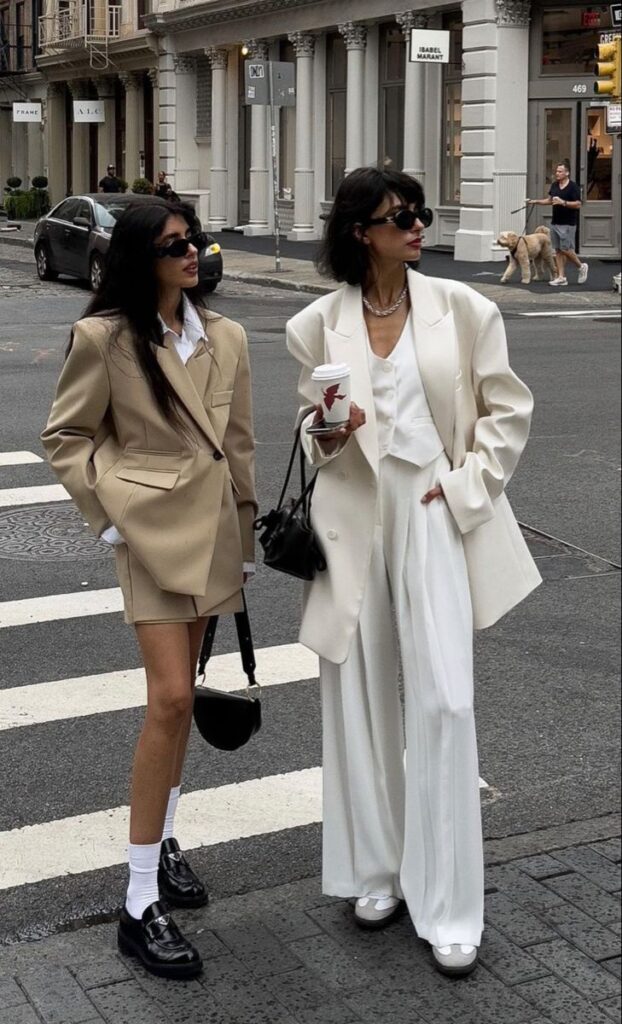
Outfit aesthetic means a set of consistent style features that define a look. These features include color schemes, fabric types, and patterns. For example, a “minimalist” aesthetic often uses simple colors and clean shapes, while a “vintage” aesthetic includes older fashion pieces and textures.
Aesthetic is more than clothing; it reflects lifestyle and mood. It helps people decide what to wear and how to combine pieces. Key ideas are coherence — making sure all elements fit together — and expression — using style to show personality.
Evolution of Outfit Aesthetics
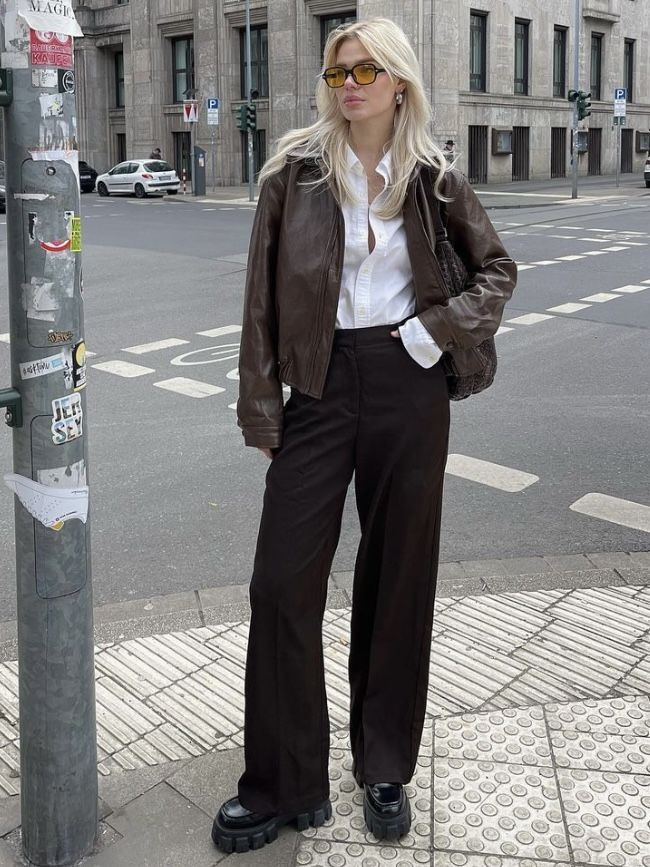
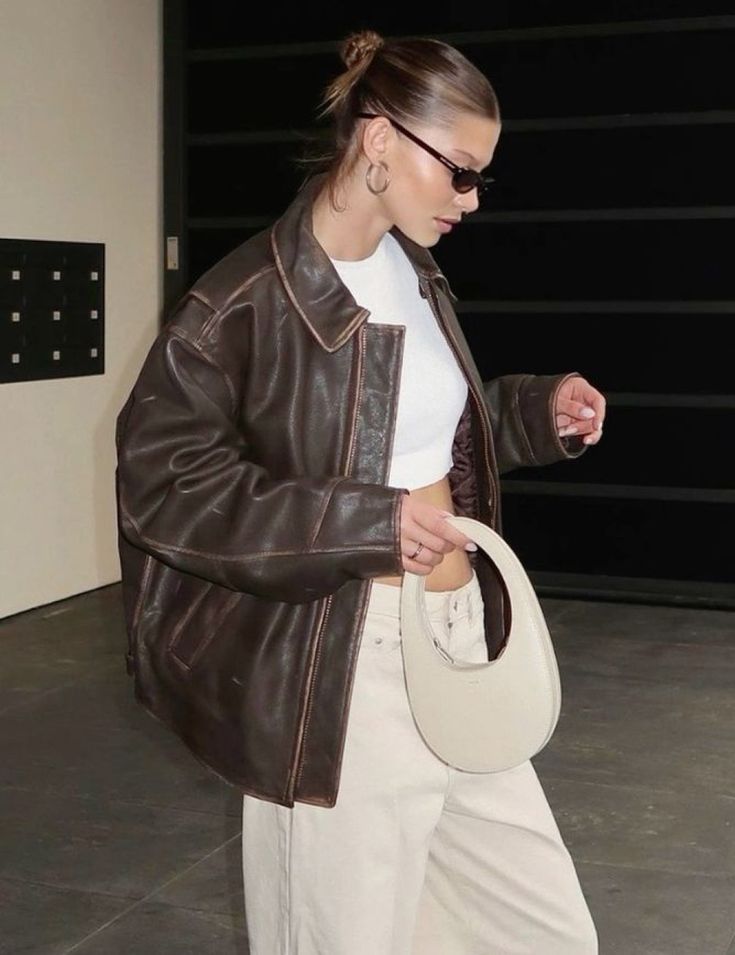
Outfit aesthetics change with culture and technology. In the past, fashion was tied closely to social class and function. Today, it is more flexible and influenced by global trends.
New materials and media also shape aesthetics. Social media platforms like Instagram promote fast sharing of styles. This leads to quick rises and falls of popular looks. People blend old and new styles to create unique aesthetics.
How Aesthetic Influences Personal Style

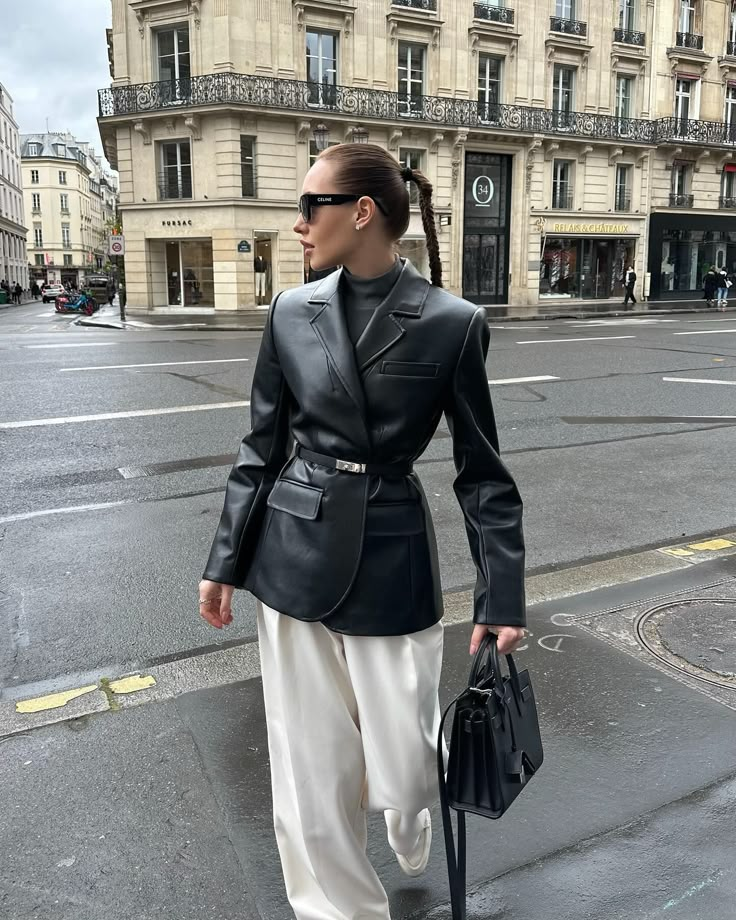
Aesthetic guides people’s style choices by creating rules and options. Someone drawn to the “boho” aesthetic, for example, will choose loose, natural fabrics and earthy colors.
Personal style grows by mixing aesthetics or adding personal touches. This connection helps people feel confident and comfortable in their outfits. It also shapes how others see them.
Popular Outfit Aesthetic Styles
Outfit aesthetics vary widely, each with unique details and influences. Some focus on simplicity, while others highlight bold or vintage elements. The styles below show clear differences in color, fabric, and overall mood.
Minimalist Aesthetic
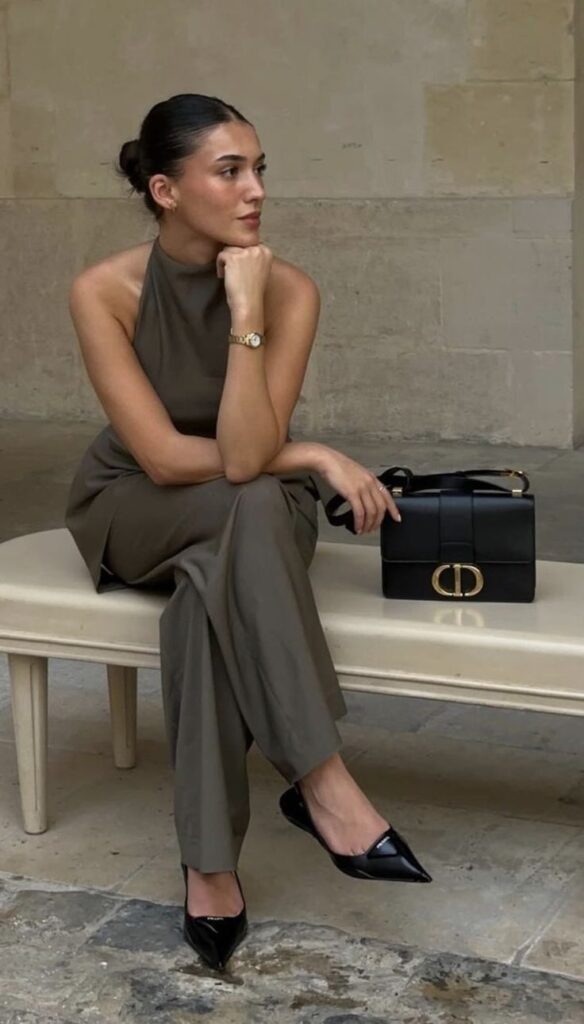
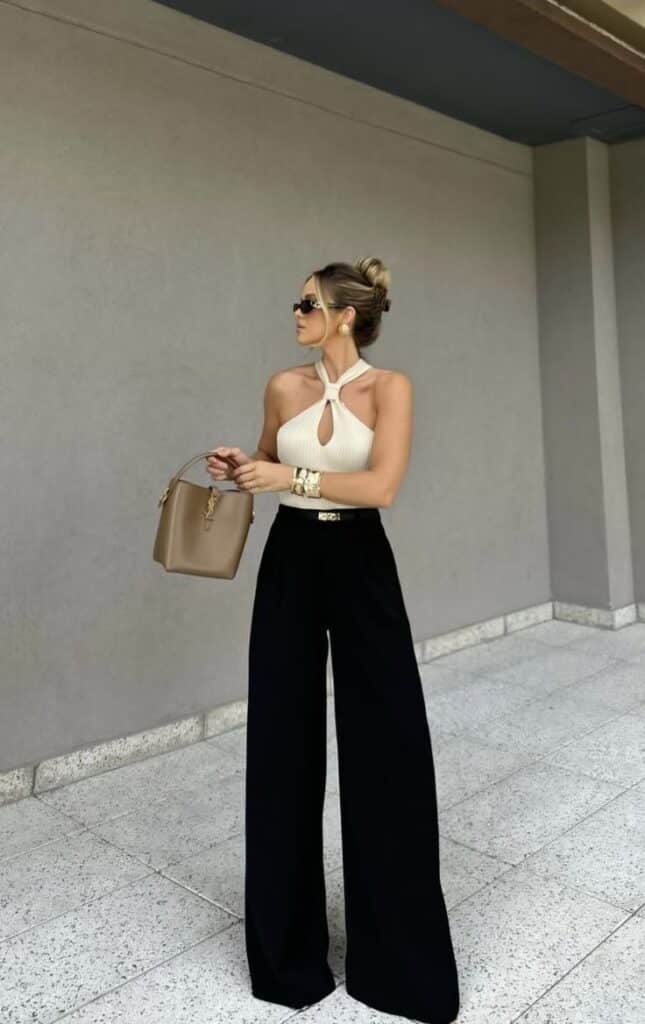
The minimalist aesthetic centers on simple shapes and neutral colors. It emphasizes clean lines and avoids patterns or loud decorations. Common colors include black, white, beige, and gray.
People who follow this style choose high-quality basics like plain t-shirts, tailored pants, and simple dresses. Accessories are usually understated, such as small jewelry or classic watches. The goal is to create a polished but effortless look.
Minimalist outfits often use fabrics like cotton, linen, and wool. These materials help maintain a neat and comfortable appearance. This aesthetic suits people who prefer practical and timeless clothing.
Y2K Aesthetic


The Y2K aesthetic draws from early 2000s fashion with bright colors and playful details. It often includes low-rise jeans, crop tops, and flashy accessories like butterfly clips or tinted sunglasses.
Bold prints, metallic fabrics, and shiny materials are typical. Logos and brand names featured heavily as a sign of pop culture influence. This style embraces fun and a slightly rebellious attitude.
Footwear often consists of platform sandals or chunky sneakers. This look appeals to those who enjoy nostalgia mixed with bold, eye-catching pieces. It is a loud, confident style.
Grunge Aesthetic
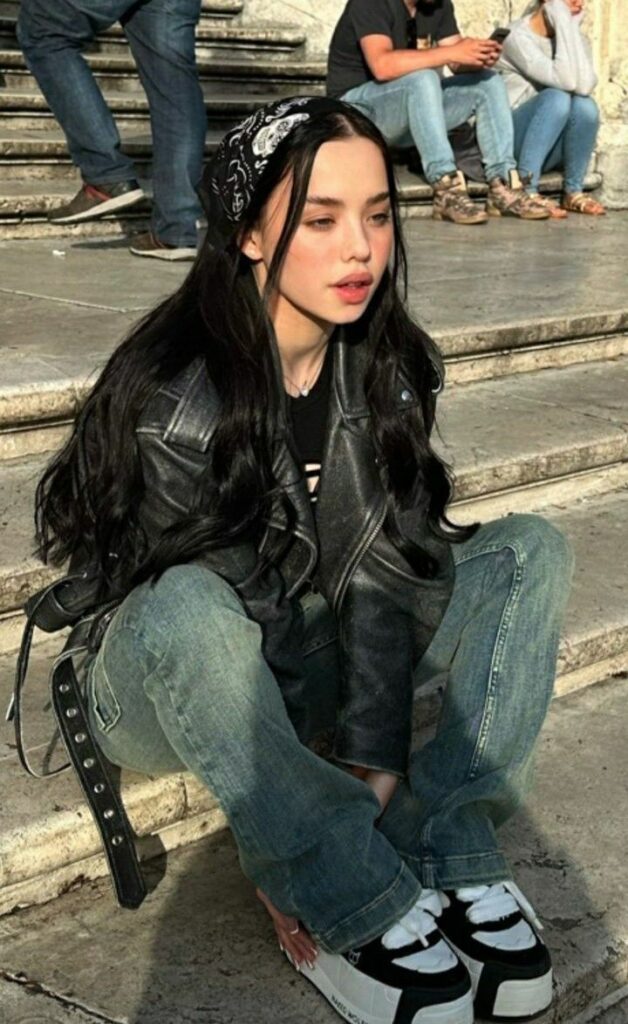
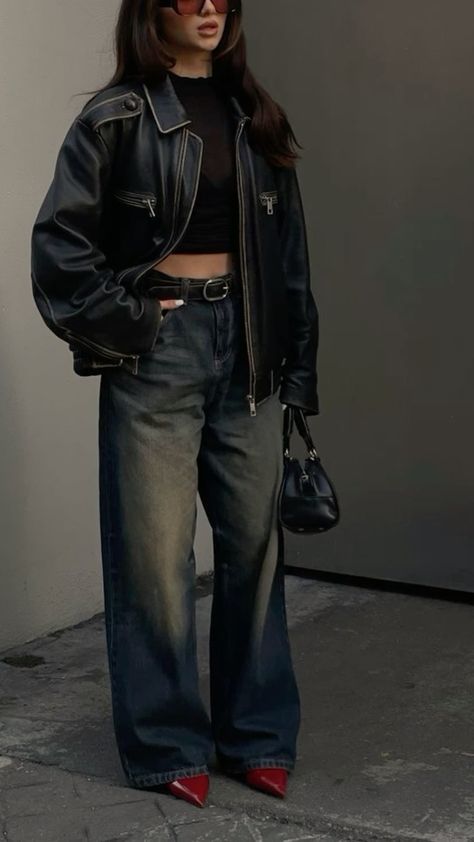
Grunge outfit aesthetic began in the 1990s music scene. It focuses on an edgy, messy look with dark colors and heavy layering. Typical pieces include ripped jeans, oversized flannels, and band t-shirts.
Black, dark green, and burgundy are common colors. Leather jackets and combat boots add toughness to the look. Accessories might include chains, beanies, and dark makeup.
This style feels raw and rebellious. It suits people who prefer casual, comfortable clothes with a tough edge. Grunge often mixes vintage or thrifted items with worn-in details.
Cottagecore Aesthetic
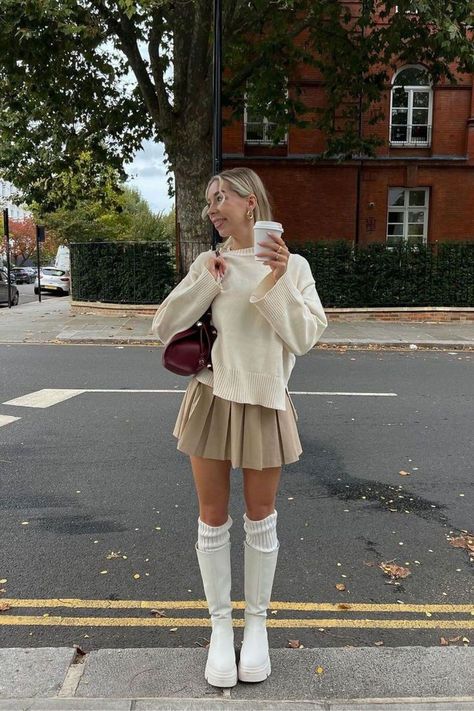
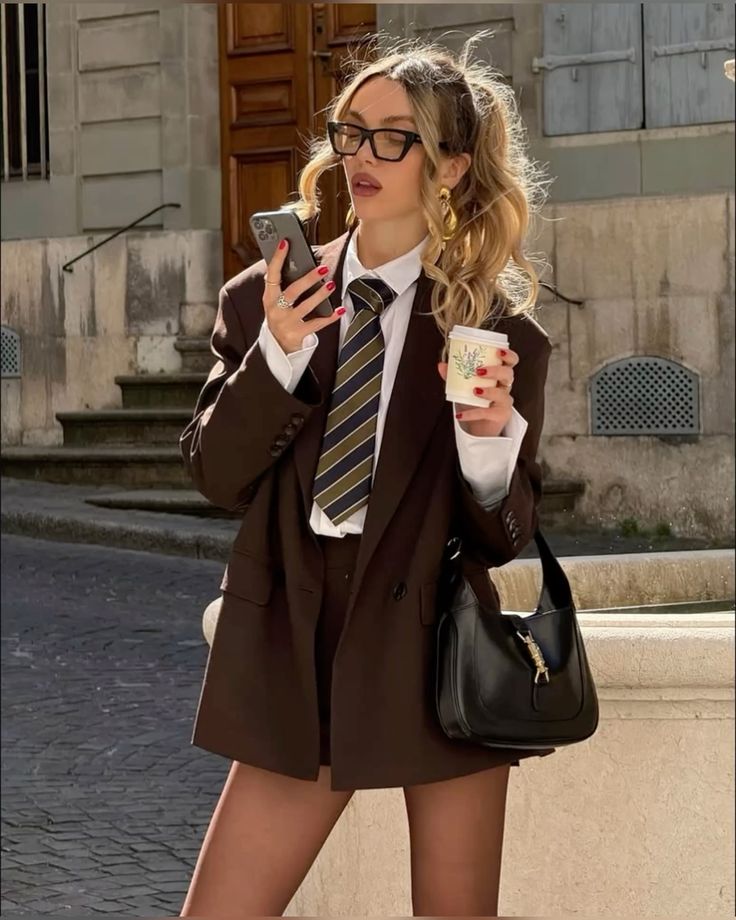
Cottagecore revolves around nature and simplicity with a soft, romantic feel. Light colors like pastels, creams, and soft greens dominate. Typical garments include flowy dresses, knitted cardigans, and floral prints.
Fabrics often are cotton, linen, or lace. Accessories may include straw hats, baskets, and simple jewelry with natural motifs. The style reflects a peaceful, countryside vibe.
People who like cottagecore want a gentle, old-fashioned look. It fits those who enjoy slow living and a connection to nature. The aesthetic feels cozy and handcrafted.
Modern Outfit Aesthetic Trends
Modern outfit aesthetics focus on combining comfort, style, and cultural influences. These trends highlight specific looks that appeal to different moods and occasions. They often include bold prints, clean lines, and a mix of old and new elements.
Streetwear Aesthetic
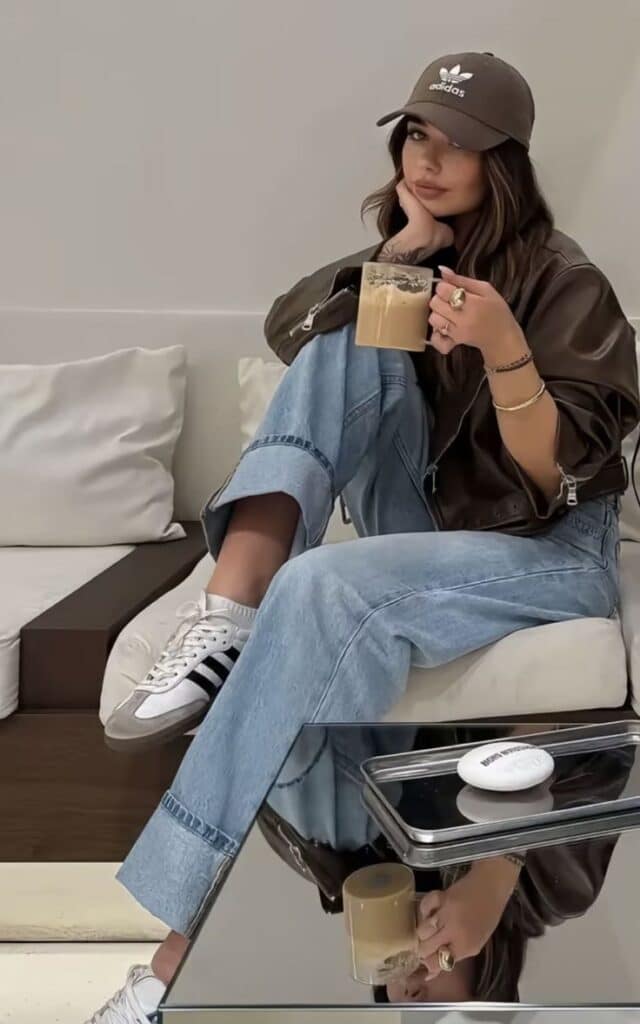
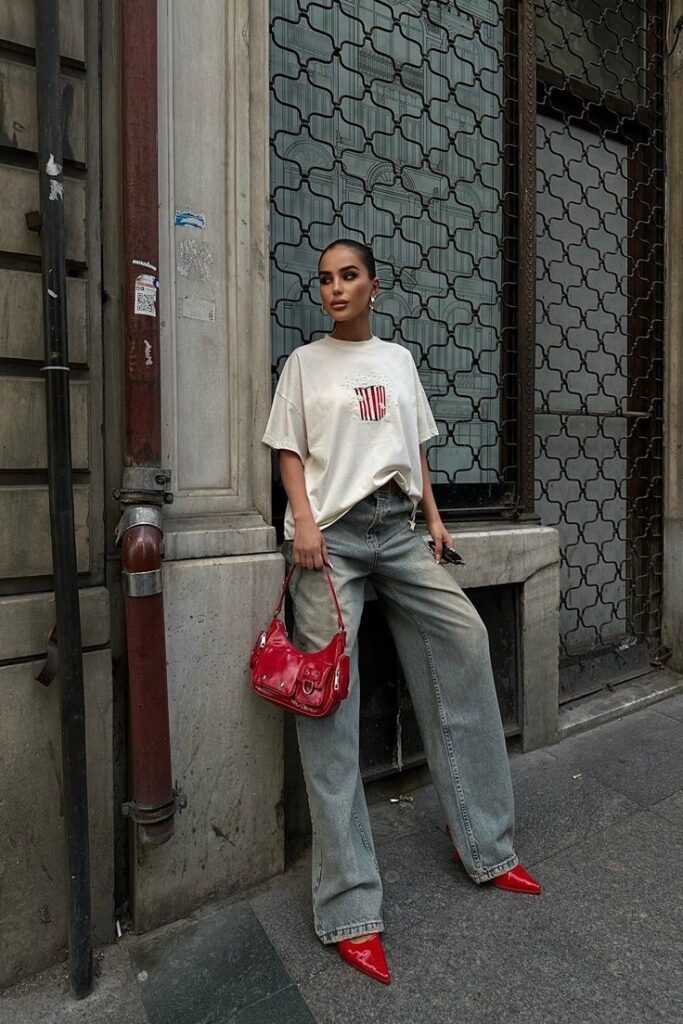
Streetwear mixes casual and urban styles with a sporty edge. It often includes oversized hoodies, graphic tees, and sneakers. Brands like Supreme and Off-White play a big role. Accessories such as baseball caps and chunky chains add character.
Colors are usually neutral or bold, with black, white, and red being common. Clothing items are comfortable but show attitude. The look appeals to youth culture and often references skateboarding or hip-hop influences.
Vintage Revival

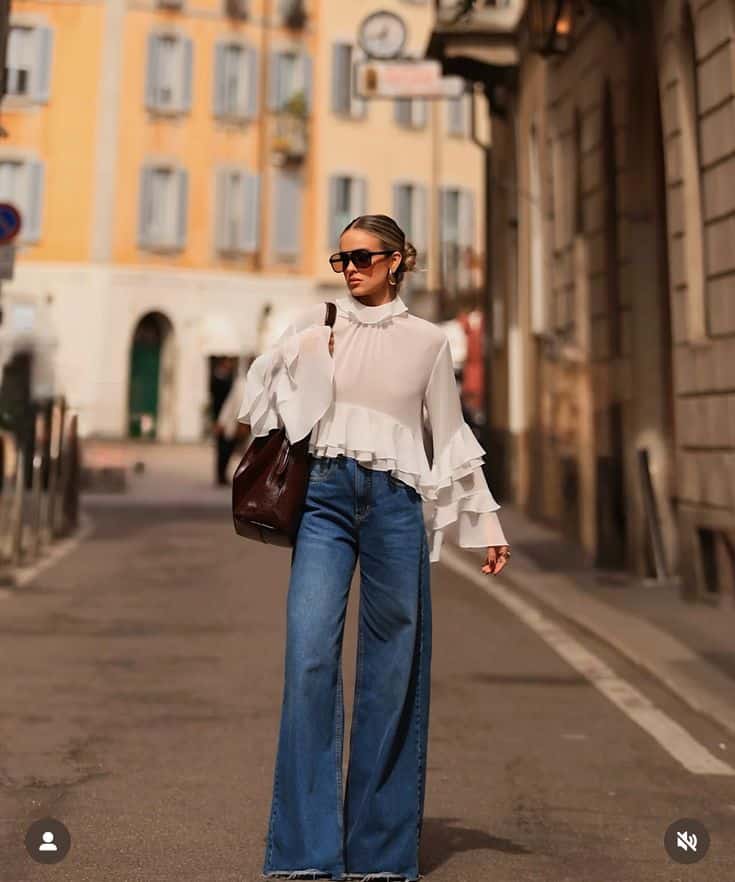
The Vintage Revival aesthetic brings back fashion from past decades, especially the ’70s, ’80s, and ’90s. It features high-waisted jeans, retro prints, and classic sneakers like Converse or Vans. Thrifted pieces are popular for authenticity.
Key elements include floral patterns, denim jackets, and oversized blazers. The style values uniqueness and nostalgia. Accessories such as round sunglasses or bandanas complete the look. It blends nostalgia with modern touches for everyday wear.
Clean Girl Aesthetic

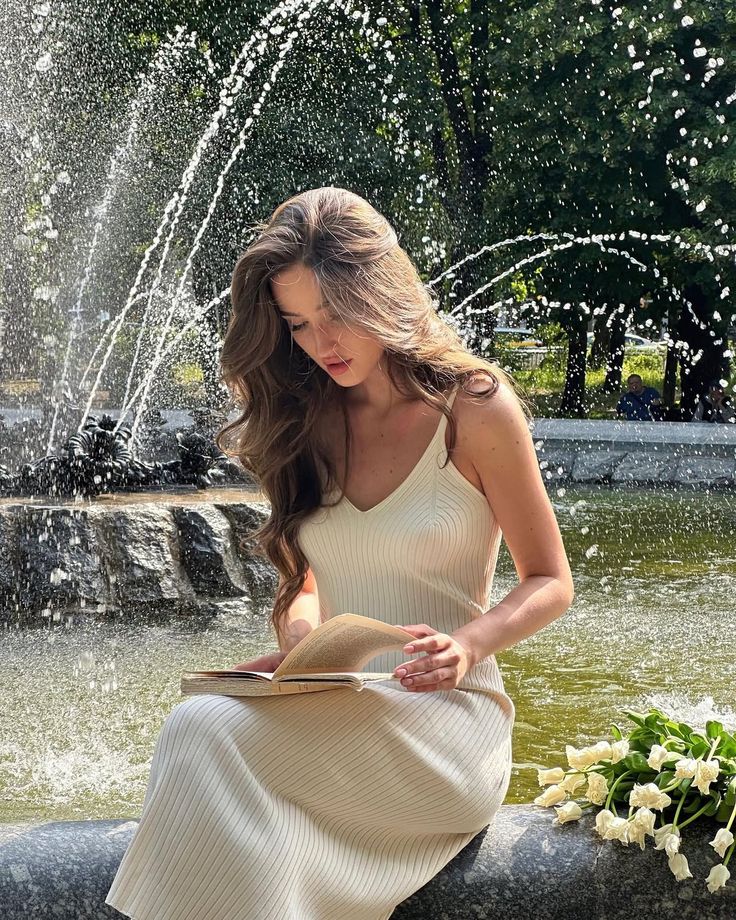
The Clean Girl look is simple and polished. It focuses on minimalism with neutral tones like beige, white, and soft pastels. Outfits often include fitted blouses, straight-leg trousers, and simple sneakers or loafers.
This aesthetic stresses neatness and natural makeup styles. Accessories are delicate, such as thin gold jewelry and small handbags. It fits well for work, casual meetings, or elegant everyday wear. The focus is on looking well put together without being flashy.
Building Your Own Outfit Aesthetic
Creating an outfit aesthetic means understanding what looks and feels best. It involves knowing preferences, experimenting with different styles, and organizing a wardrobe that fits that vision.
Discovering Personal Preferences
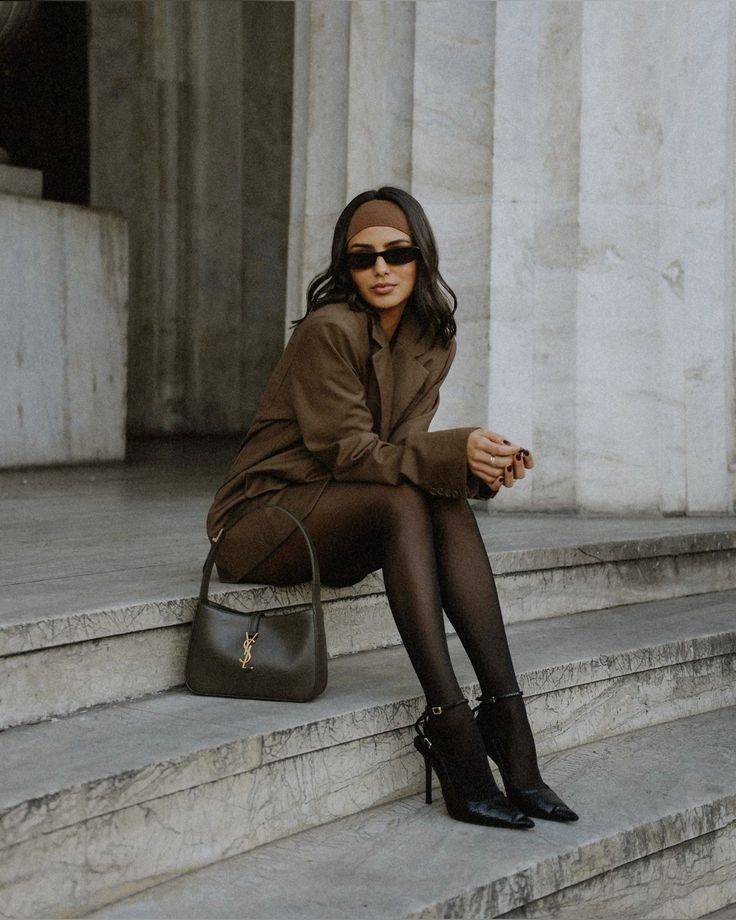
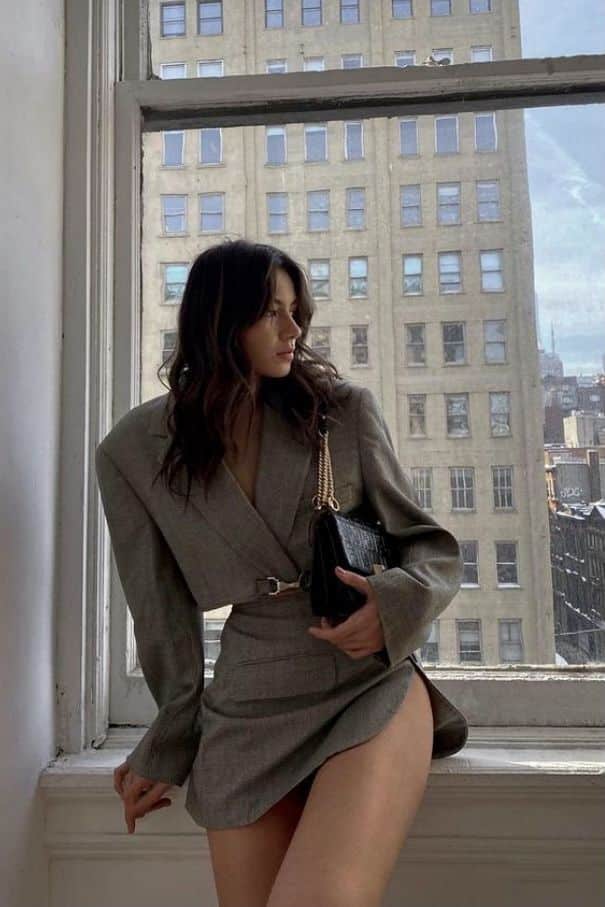
He or she starts by paying attention to the styles that naturally appeal. This can be done by browsing fashion magazines, social media, or observing what types of clothes attract attention.
It helps to note favorite colors, patterns, and fabrics. Comfort is also key; if a piece feels good to wear, it’s likely part of a lasting aesthetic. Trying on different combinations can reveal new preferences and clarify what suits their daily lifestyle.
Keeping a style journal or mood board can help track these findings. This record allows for reviewing what works and what doesn’t, making the process of defining an aesthetic clearer.
Mixing Styles
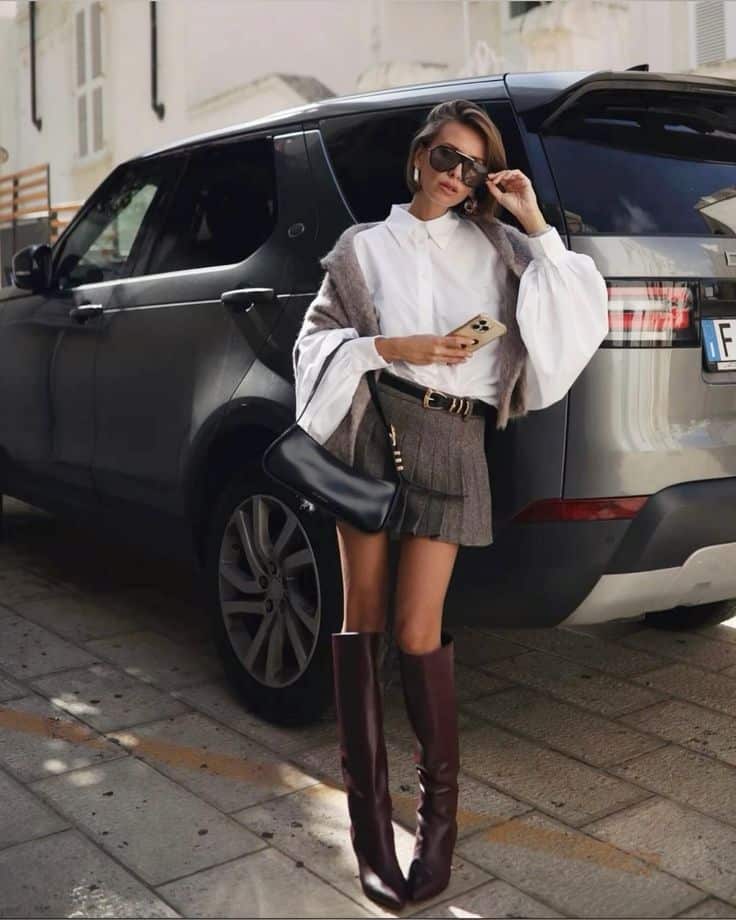
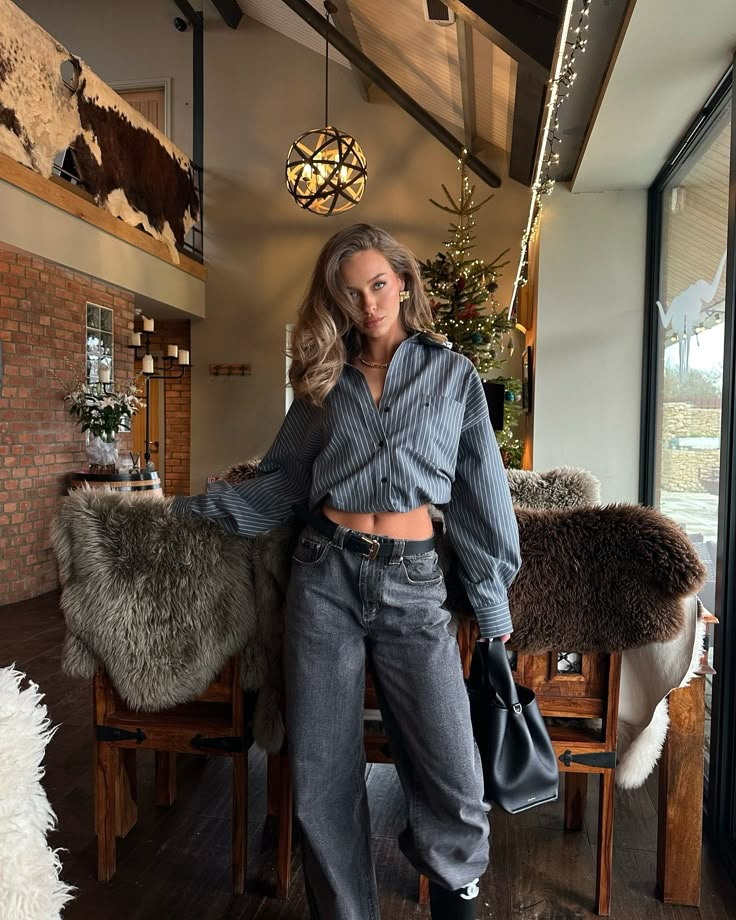
Combining different styles creates a unique and personal look. For instance, blending casual with formal can make outfits stand out while still fitting the occasion.
He or she should try pairing classic pieces, like a blazer, with something trendy, like sneakers. This mix can balance old and new, simple and bold. Experimentation without fear of mistakes is essential here.
Using layers and accessories is another way to merge styles. Scarves, hats, or jewelry can shift an outfit from plain to interesting. The goal is to reflect personality while maintaining cohesion.
Wardrobe Curation Strategies

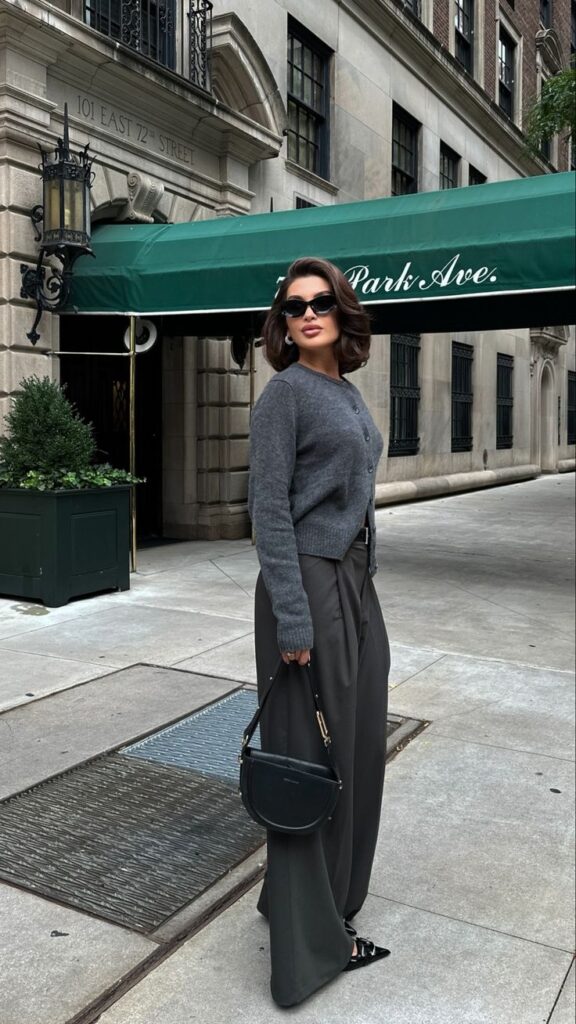
Building a wardrobe that fits an aesthetic requires thoughtful buying and organizing. He or she should focus on quality basics first, such as well-fitting jeans, neutral shirts, and versatile shoes.
Creating a capsule wardrobe with items that mix well reduces clutter and decision fatigue. Items should match the chosen colors and styles to make outfit planning easier.
Regularly reviewing the wardrobe helps identify pieces to keep, donate, or replace. This keeps the collection fresh and aligned with evolving tastes. Smart shopping, like choosing durable fabrics and timeless cuts, supports long-term use.
Key Elements of Outfit Aesthetic
An outfit’s aesthetic depends on how colors, materials, and layering combine to create a certain look. Choosing the right colors, textures, and ways to layer clothes helps define the style clearly and adds depth.
Color Palettes
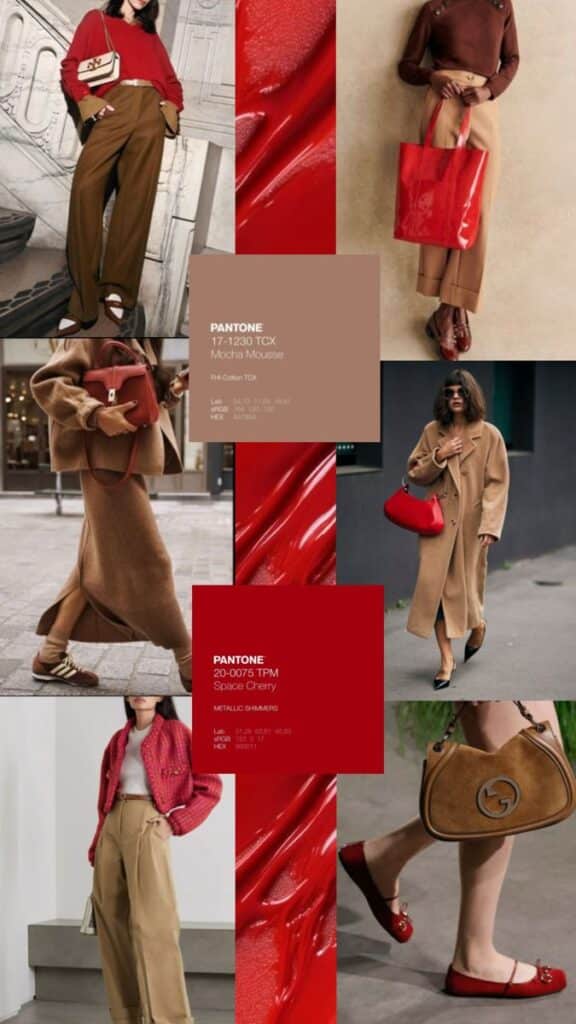
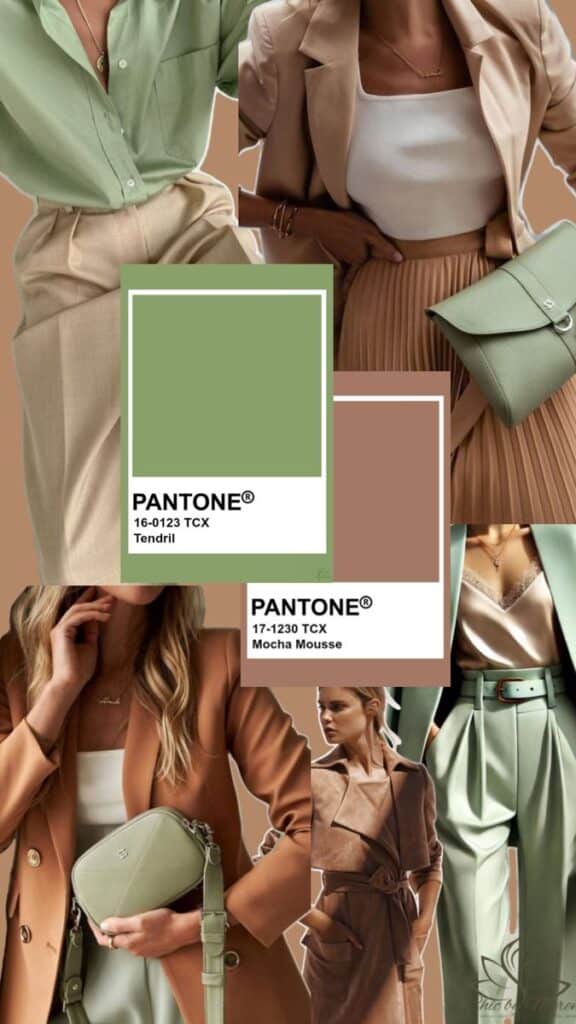
Color palettes set the tone of an outfit. They can be monochrome, where all pieces use shades of one color, or complementary, mixing colors opposite on the color wheel, like blue and orange, for contrast.
Neutral colors like black, white, beige, and gray work well as a base. Bright or pastel colors add personality and mood. People often pick 2 to 4 colors to avoid the look feeling too busy.
Using a consistent color scheme helps outfits appear balanced and intentional. It draws attention to the design without clashing or looking mismatched.
Textures and Fabrics
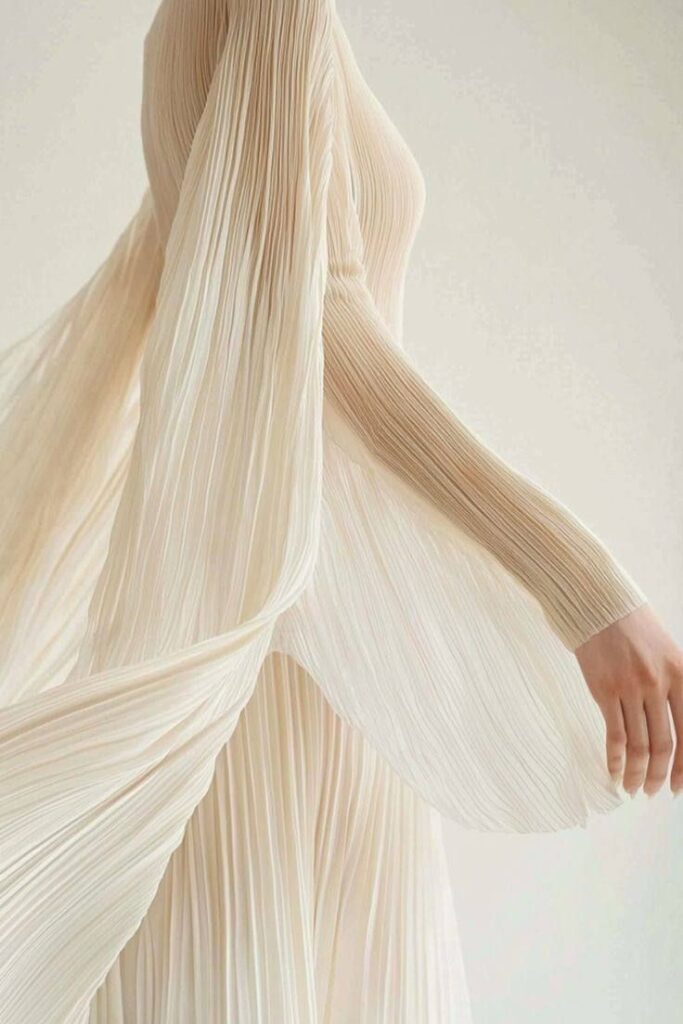

The feel of an outfit comes from textures and fabrics. Combining soft materials like cotton with rougher ones like denim adds visual interest.
Fabrics like silk and satin offer smooth, shiny surfaces. Wool and tweed are heavier and add warmth and structure. Choosing fabric matters for season and comfort as well as style.
Mixing textures, such as pairing leather with knitwear, creates contrast. This technique highlights the details in different parts of an outfit, making the overall look richer.
Layering Techniques
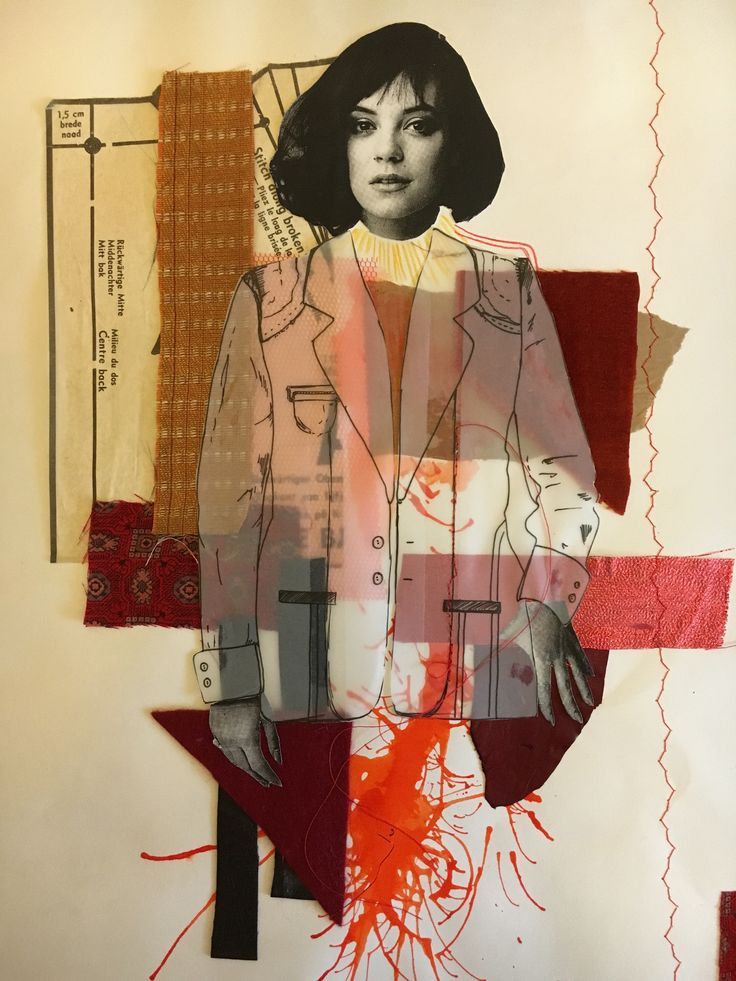
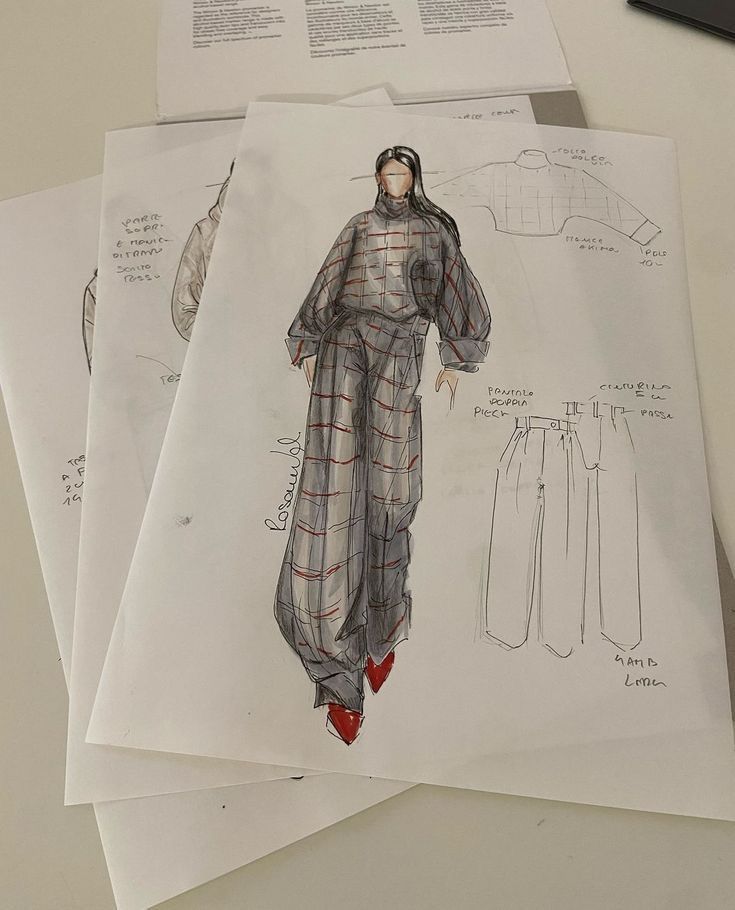
Layering means wearing multiple clothing items in a way that builds an outfit. It can add warmth, style, or shape.
One method is thin layers like a t-shirt under a cardigan. This keeps the look light but varied. Another approach uses contrasting lengths, such as a long coat over short pants.
Layering also allows mixing fabrics and colors effectively. Careful layering can turn plain pieces into a dynamic outfit, adding complexity without bulk.
Accessories and Details
Accessories add personality and polish to an outfit. Small choices like jewelry can draw attention, while bags and shoes set the tone. Hair and makeup also play a key role in completing the look.
Jewelry and Statement Pieces

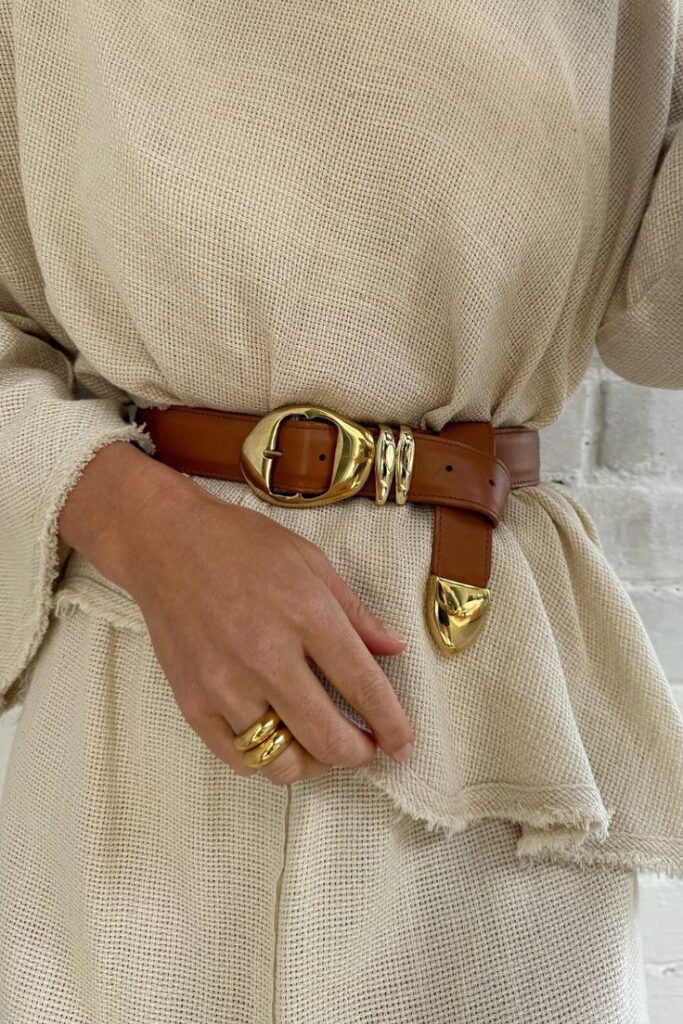
Jewelry can change an outfit’s vibe quickly. A simple necklace or stud earrings keep the look understated. In contrast, bold statement pieces like chunky chains, large hoops, or colorful gemstones draw attention.
Layering thin necklaces or mixing metals creates depth without feeling cluttered. Rings and bracelets add interest, but it’s best to balance them so they don’t compete with each other.
Choosing jewelry depends on the outfit style. Minimalist looks benefit from delicate pieces, while edgy or vintage styles pair well with unique, eye-catching items.
Bags and Footwear
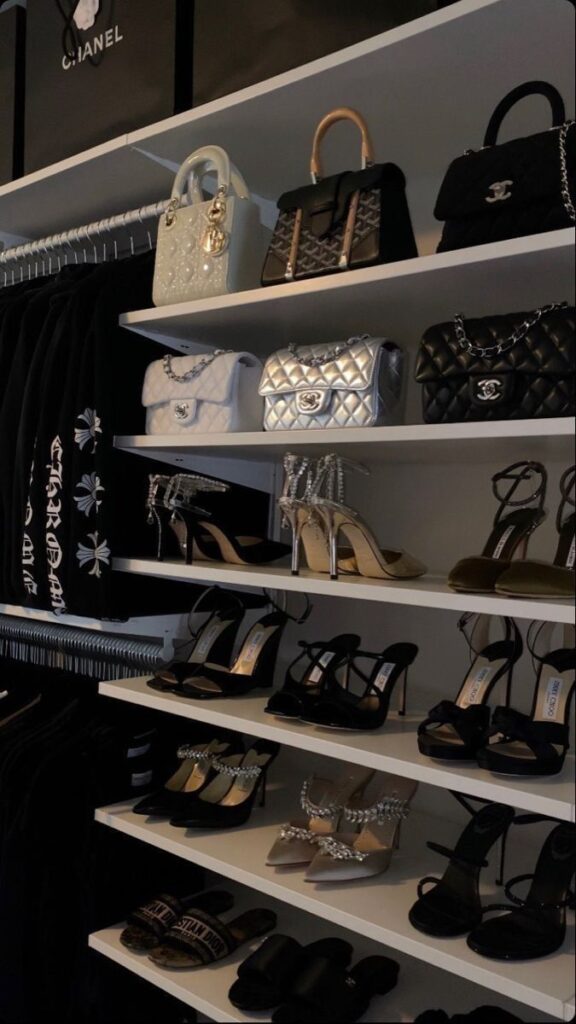
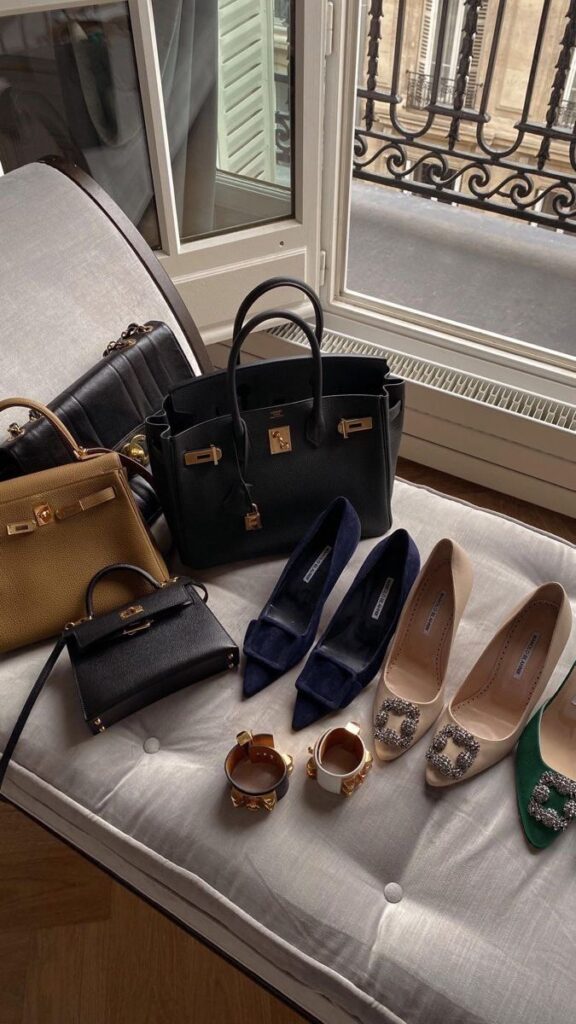
Bags and shoes often determine an outfit’s formality. A sleek leather handbag works for business or dressy events. Casual outings pair well with backpacks, crossbody bags, or totes.
For shoes, clean sneakers blend with streetwear and casual styles. Heels or polished boots elevate smart-casual or formal wear. Comfort matters, but style should match the outfit theme.
Colors and materials should harmonize with clothes. For example, suede boots suit fall wardrobes, while shiny leather shoes fit more formal occasions. Matching or contrasting these accessories can change the outfit’s mood significantly.
Incorporating Makeup and Hairstyles
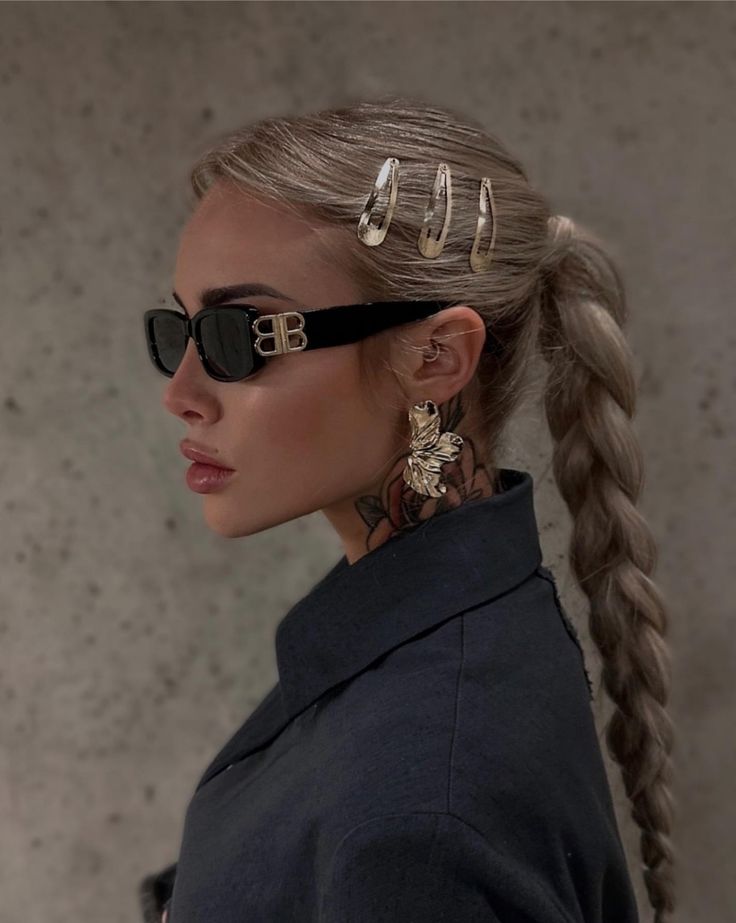
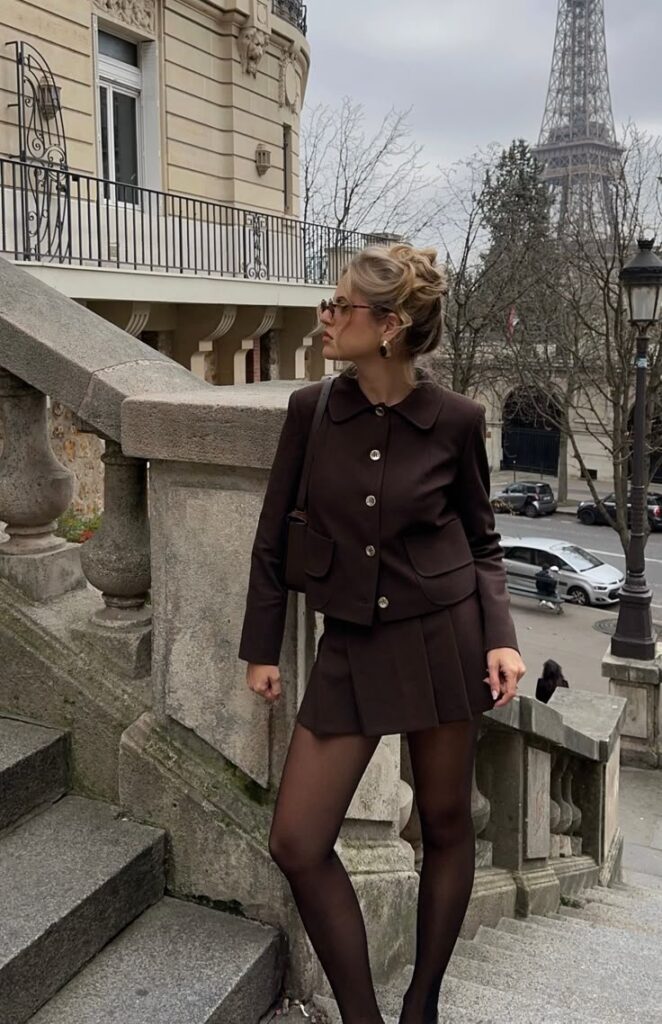
Makeup and hairstyles finish the look and express personality. Natural makeup with light foundation and subtle highlights suits casual or minimalist outfits.
Bolder makeup like smoky eyes or bright lipstick complements glamorous or dramatic styles. Hairstyles should also match the outfit’s tone—sleek ponytails or buns work with professional looks, while loose waves or braids suit relaxed styles.
Consistency is key. If the outfit is simple, makeup and hair can stand out more. If the outfit is already busy or colorful, makeup and hair should stay more subdued to avoid clashing.
Incorporating Outfit Aesthetic into Daily Life
Outfit aesthetic becomes part of everyday routines by choosing clothes that fit specific events and by finding ways to keep looks steady over time. It requires planning and discipline.
Outfit Planning for Different Occasions
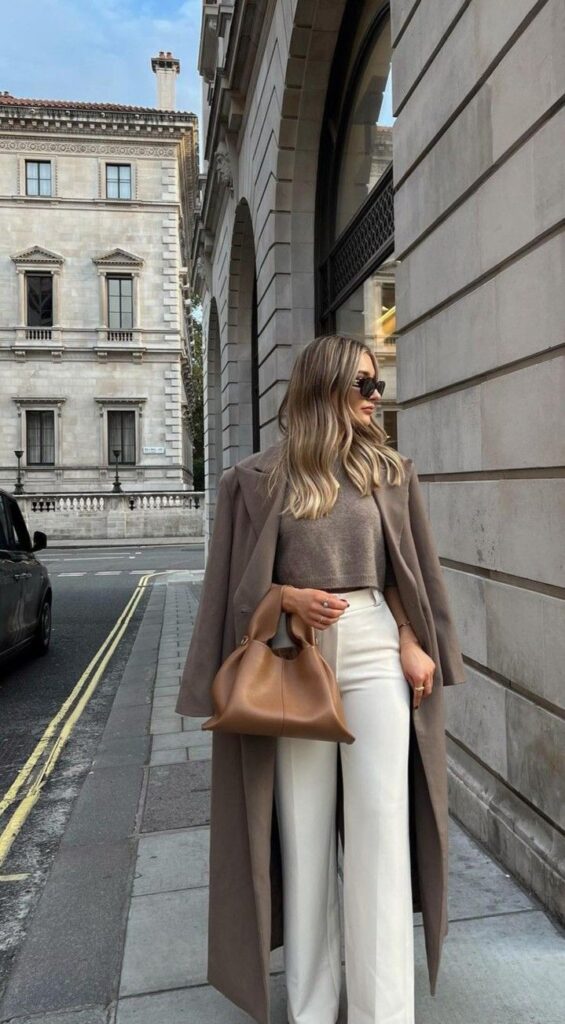
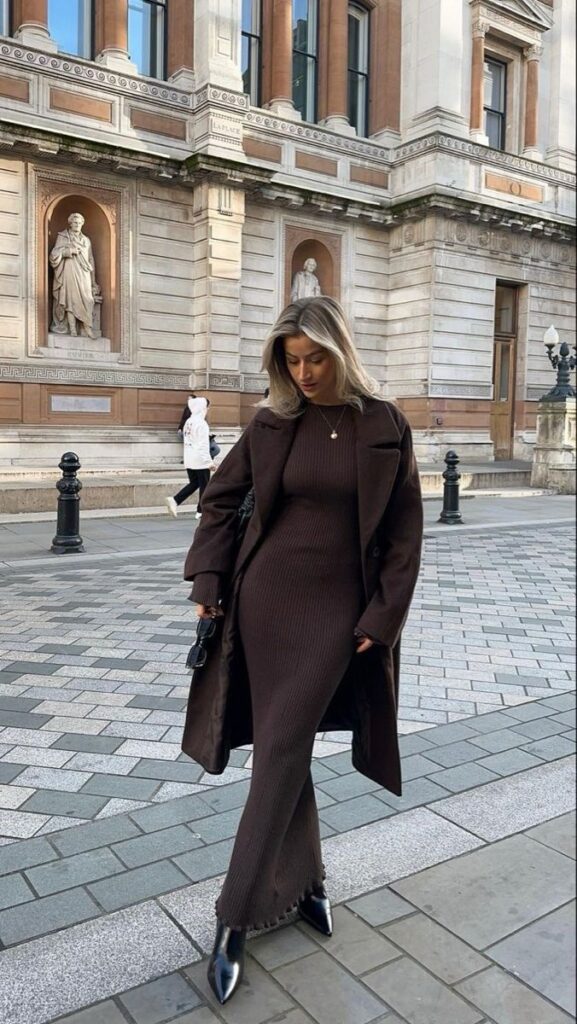
He should match the outfit style to the event’s formality and setting. For work, a clean, simple aesthetic like minimalism helps keep professionalism clear. Casual meetups can handle more playful or bold styles.
Keeping a list of outfit ideas for key events makes dressing easier. For example:
| Occasion | Suggested Aesthetic | Key Pieces |
|---|---|---|
| Work | Minimalist | Blazers, solid shirts |
| Party | Trendy or Bold | Statement tops, jeans |
| Outdoor | Sporty or Casual | Hoodies, sneakers |
He can prepare items the night before, ensuring the look matches temperature and venue. This cuts down rushed decisions and outfit mistakes.
Practical Tips for Staying Consistent
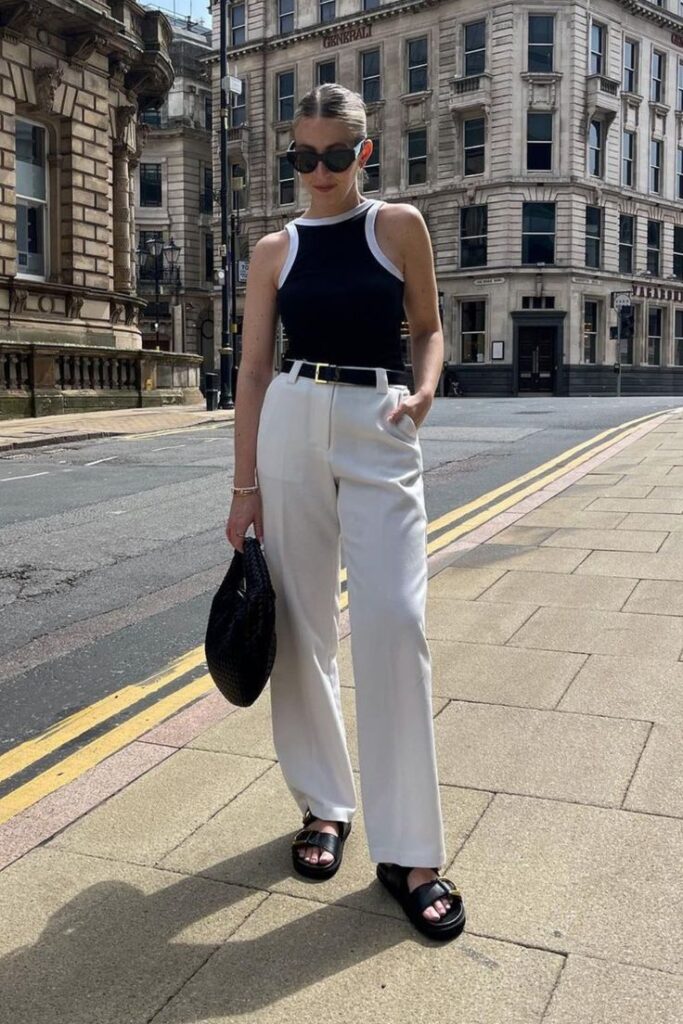
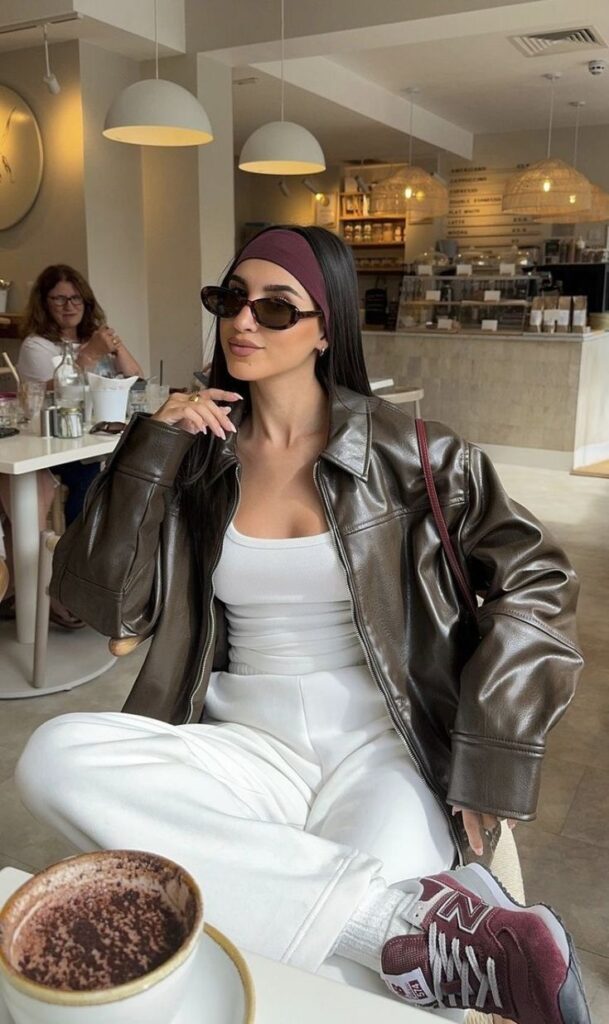
Consistency requires having a core set of items that reflect the overall style. He should use a color palette of 3-5 colors to mix easily.
Organizing the closet is key. Group clothes by style or occasion for quick access. Using labels or sections works well.
He should also update pieces seasonally but stick to preferred aesthetics. Avoid impulse buys that clash with the established theme.
Regularly reviewing what fits and feels right helps keep the outfit aesthetic fresh without losing identity.
Influencers and Inspirations
Fashion trends often start with a few key people who influence what others wear. Social media has changed how fast styles spread and who becomes popular in fashion.
Major Influencers Shaping Aesthetic Trends
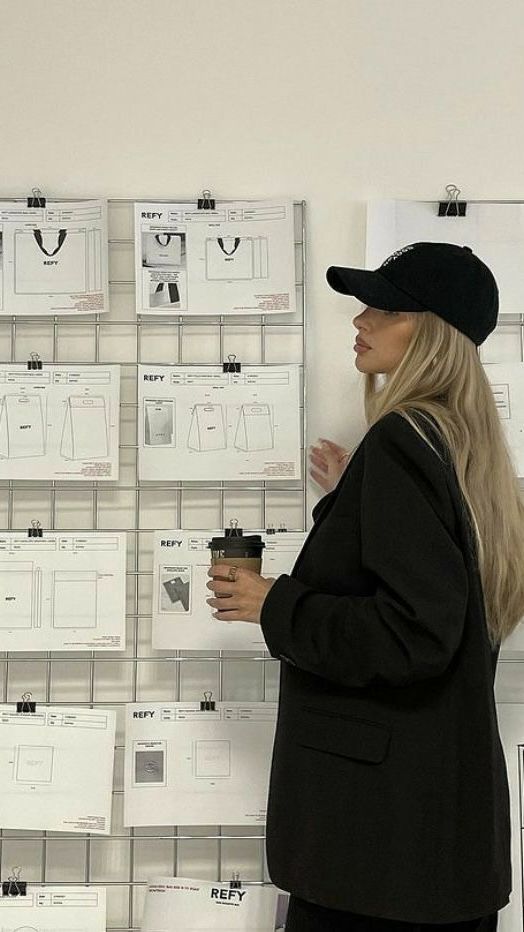
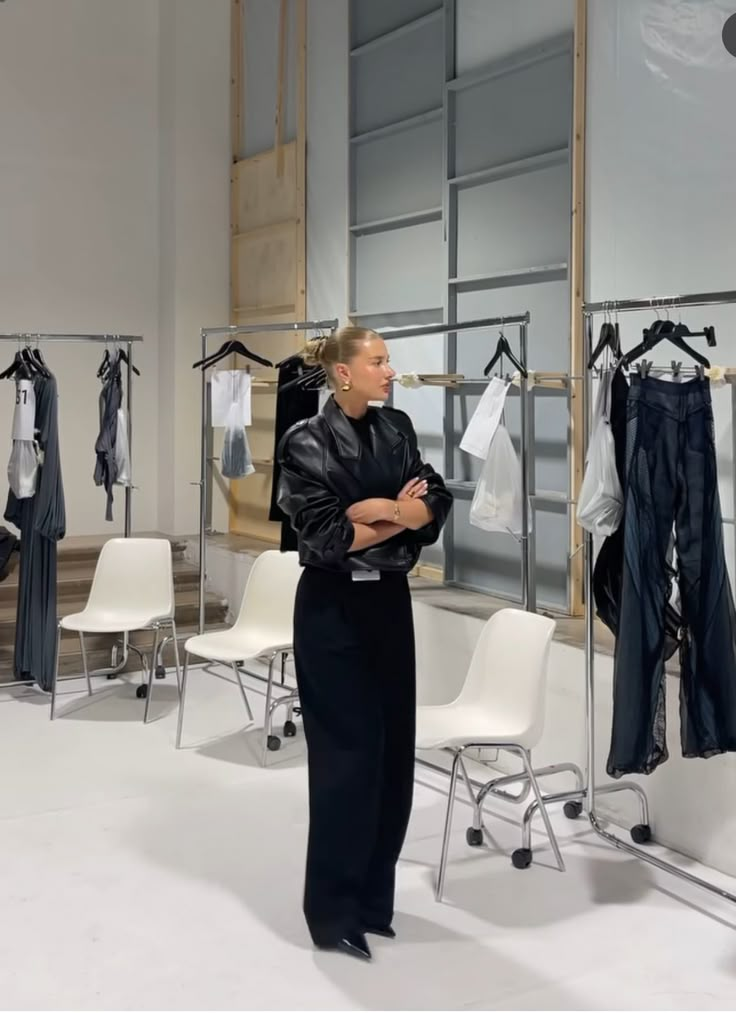
Many well-known figures set the tone for outfit aesthetics. Celebrities like Billie Eilish and Timothée Chalamet are famous for pushing bold, unique styles. They mix vintage and modern pieces, creating looks that others copy.
Designers like Virgil Abloh and brands like Gucci also inspire many with their distinct styles. These influencers often use accessories, colors, and silhouettes that become key parts of popular aesthetics.
Some influencers have millions of followers who watch their every outfit. Their choices make specific looks trend quickly and widely.
Social Media’s Impact on Aesthetic Movements
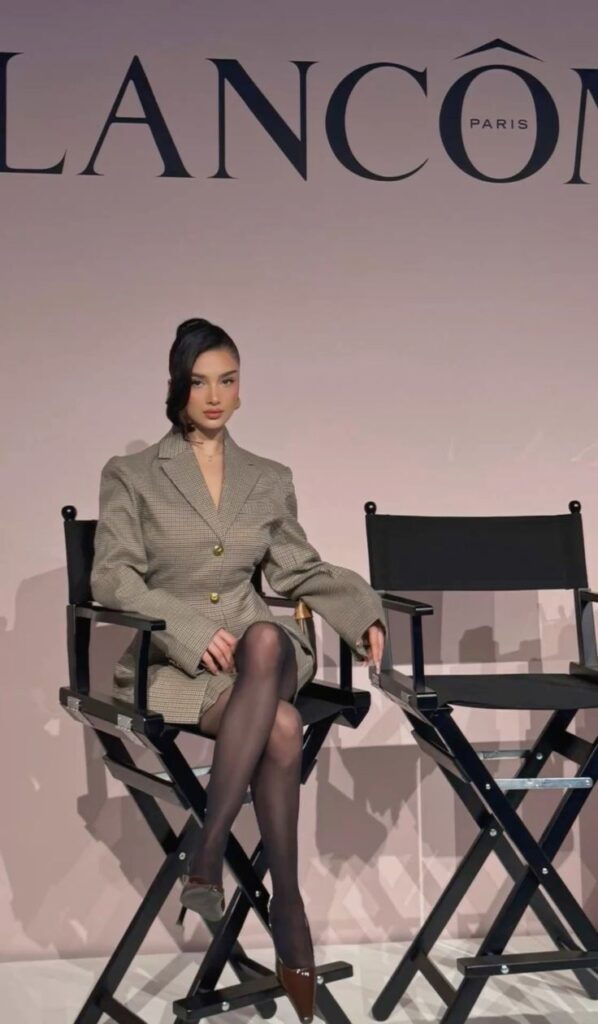
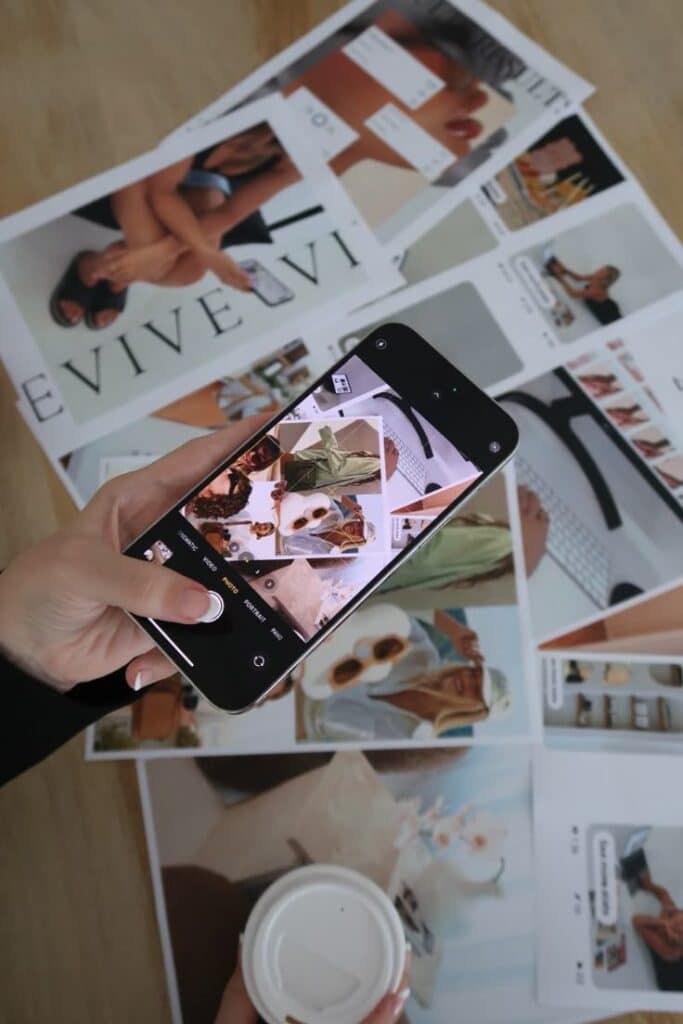
Platforms like Instagram and TikTok speed up how aesthetic trends grow and change. Hashtags and challenges help people share looks fast. For example, the #cottagecore tag has millions of posts highlighting soft, rural fashion.
Social media allows anyone to share their style, not just celebrities. This creates a wider variety of inspired looks and micro-trends.
Short videos and pictures focus on outfit details, making viewers more aware of accessories, color matching, and layering. This detail-driven sharing shapes how people build their outfits daily.
Sustainable and Ethical Considerations
This section focuses on how people can make outfit choices that care for the planet and treat workers fairly. It highlights buying clothes made with respect for people and the environment and ways to creatively reuse fashion items.
Ethical Fashion Choices
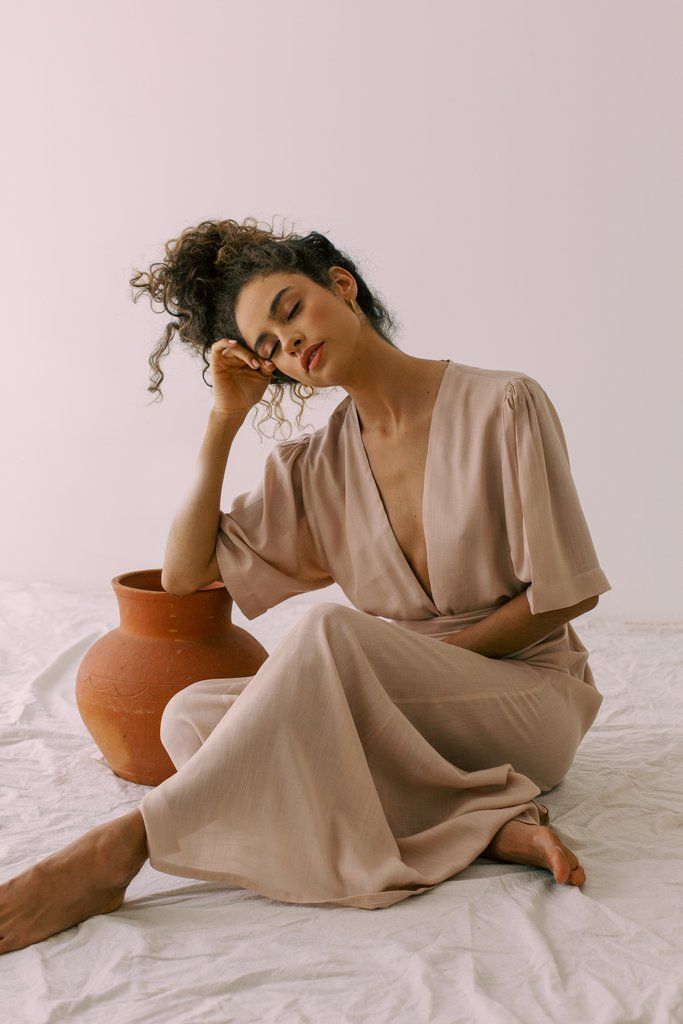
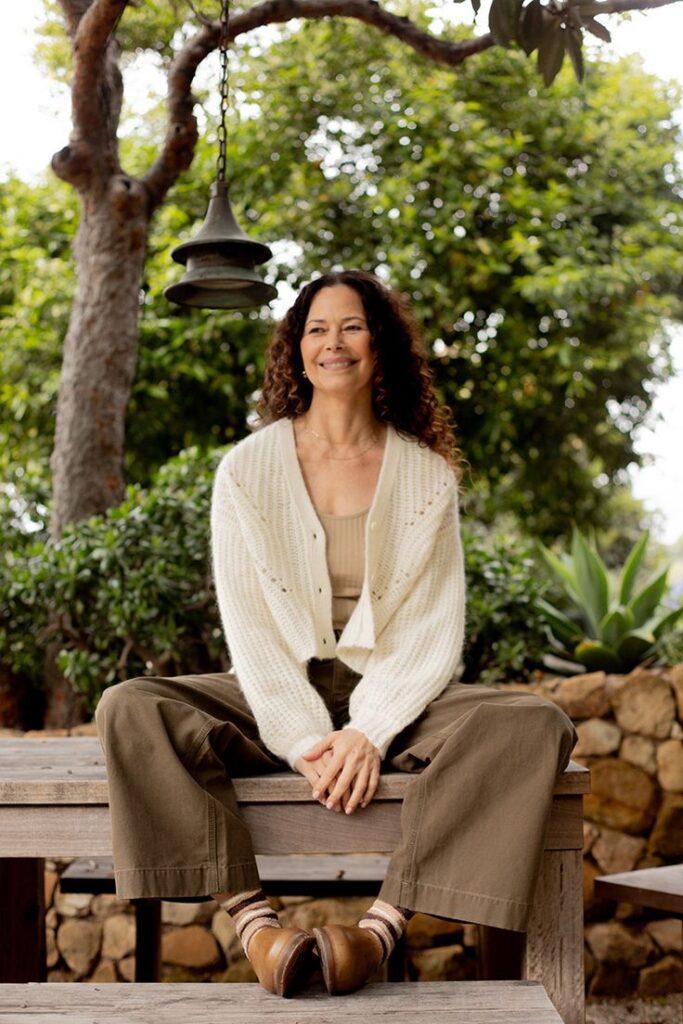
Ethical fashion means choosing clothes made under fair working conditions. Brands that pay fair wages, provide safe workplaces, and avoid child labor are part of this category. Materials that are grown or made without harmful chemicals also fit here.
Shoppers can look for certifications like Fair Trade, GOTS (Global Organic Textile Standard), or B Corp. These labels show some level of responsibility. Buying fewer, higher-quality items that last longer helps reduce waste.
Important points:
- Fair wages and safe work conditions
- Use of eco-friendly materials
- Certified brands and labels
- Durable clothing over fast fashion
Thrift Shopping and Upcycling
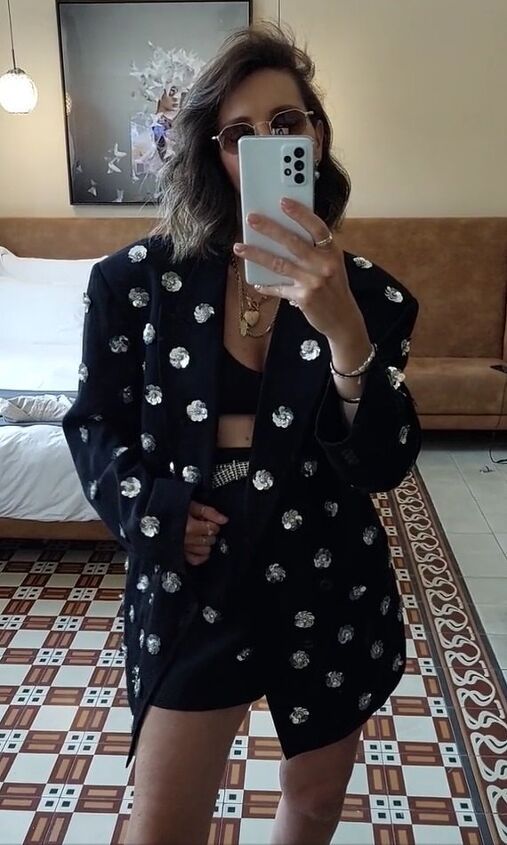
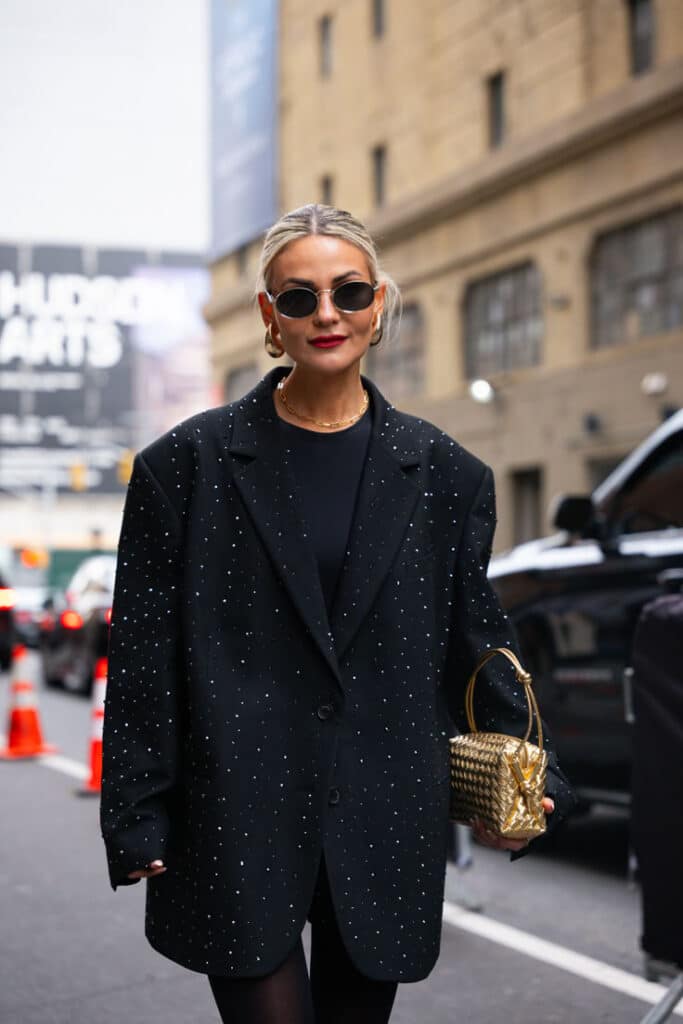
Thrift shopping means buying secondhand clothes from stores or online. This practice lowers demand for new clothes and cuts down waste. People often find unique or vintage items that add style without a big cost or environmental impact.
Upcycling is changing old clothes into new items, like turning a worn shirt into a bag. This saves money and keeps pieces out of landfills. Both methods promote creativity and sustainability in outfits.
Benefits include:
- Reduced textile waste
- Lower carbon footprint
- Unique fashion pieces
- Encouragement of creative self-expression
Future of Outfit Aesthetic
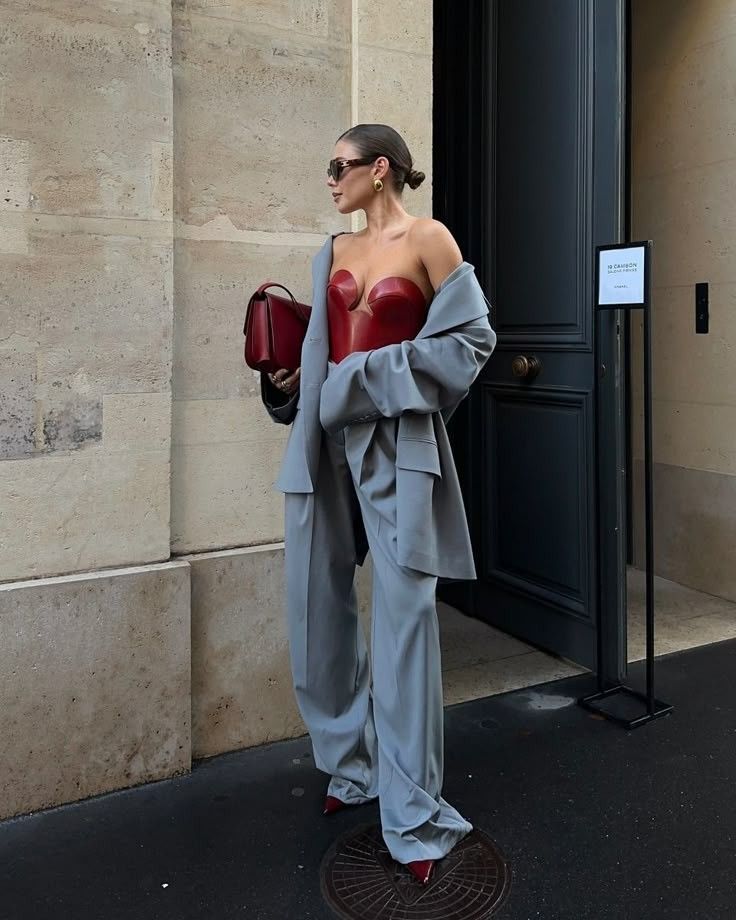
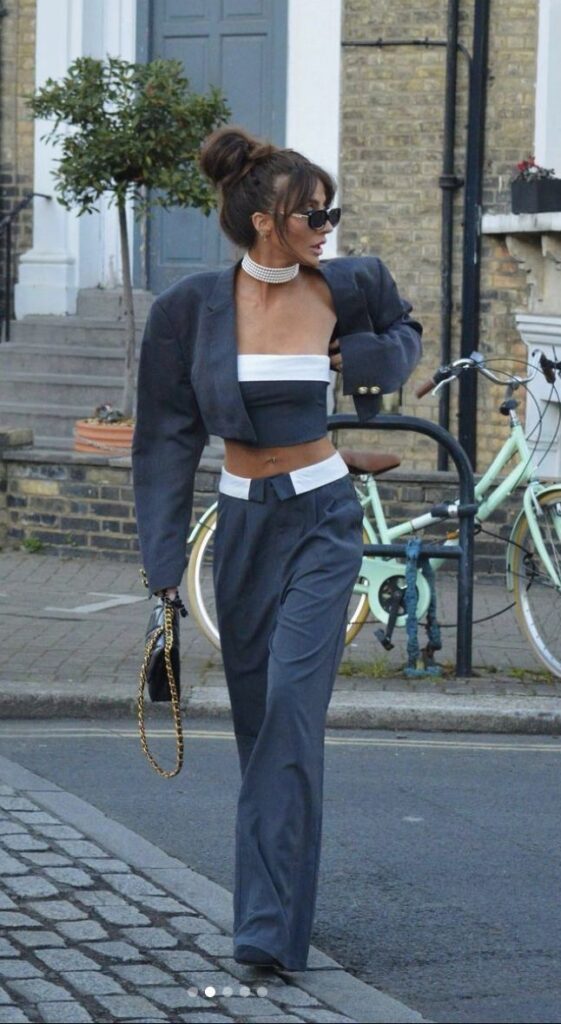
Outfit aesthetics will change with technology. New fabrics and smart clothing will let people adjust colors and patterns on the go. This will give more freedom to express personal style.
Sustainability will play a bigger role. Many will choose clothes made from eco-friendly materials. Brands might focus on durability and repairability instead of fast fashion trends.
Social media will keep shaping outfit trends worldwide. People will share looks instantly, making popular styles spread faster. This can create more diverse and inclusive fashion ideas.
People may also mix physical clothes with digital fashion. Virtual outfits for online avatars or augmented reality might become common.
Important future trends might include:
- Smart, customizable clothing
- Eco-friendly fabrics
- Instant trend sharing
- Digital and virtual fashion
These trends will make outfit aesthetics more flexible, green, and tech-based in the years ahead.
- 0shares
- Facebook0
- Pinterest0
- Twitter0

